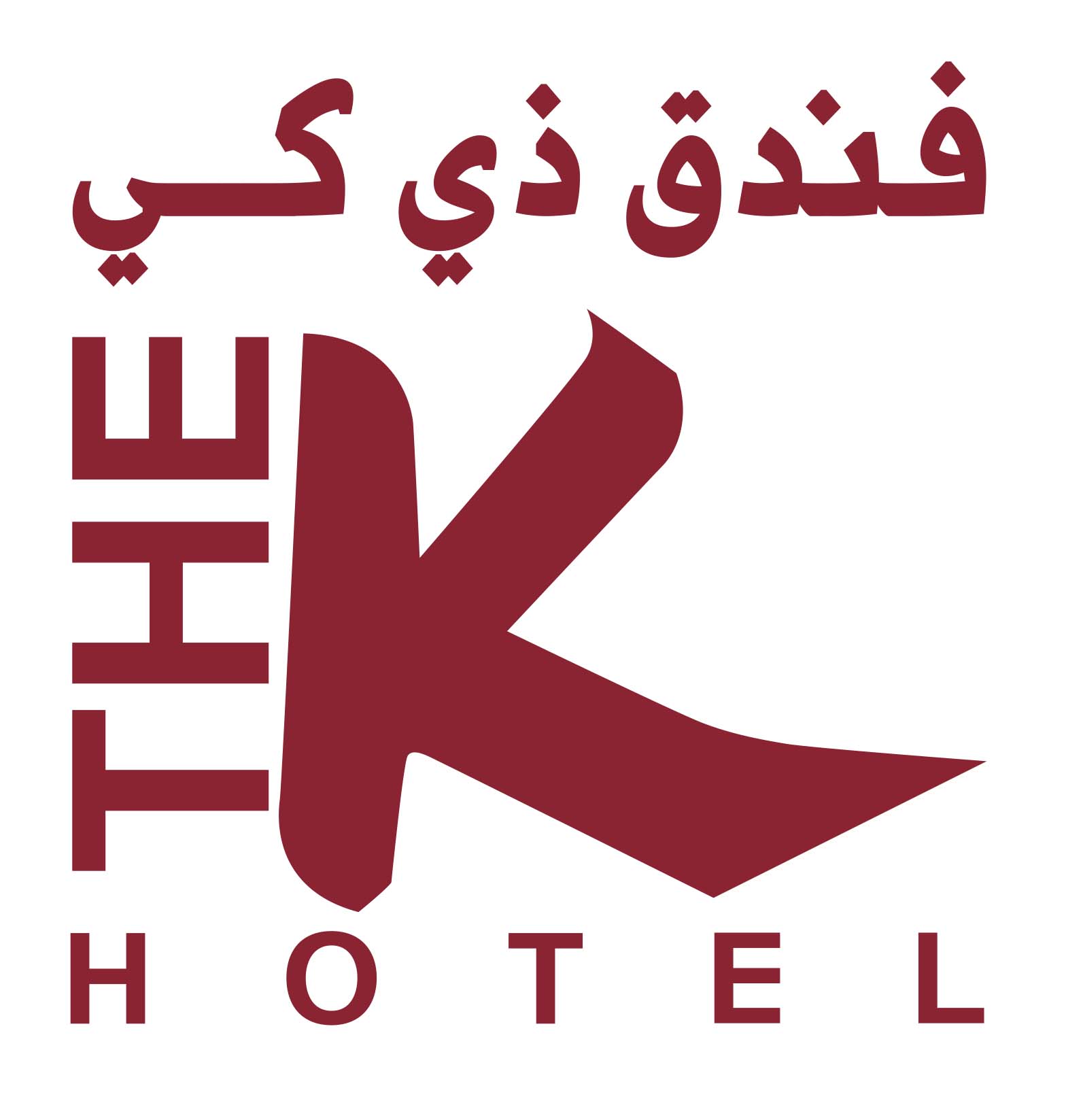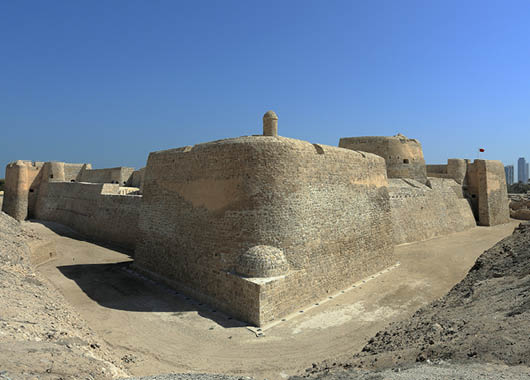


Amongst Bahrain’s mysterious ancient remains are the thousands of burial mounds that dominate the landscape north of the Island. The best-preserved and most impressive mounds are the royal burial mounds in the village of A’ali. Spanning the Dilmun era (3rd to 1st millennium BC) to the Tylos era (200 BC to 300 AD) the burial mounds are unique in terms of sheer number and concentration. Pottery workshops in the vicinity of the mounds have developed organically over the years allowing the artisans to incorporate their installations around the tombs and even using burial chambers as kilns. The potters fire their pieces using traditional methods that have been handed down generation after generation.

The Qal'at al-Bahrain (Arabic: قلعة البحرين; Portuguese: Forte de Barém), also known as the Bahrain Fort or Portuguese Fort, is an archaeological site located in Bahrain. Archaeological excavations carried out since 1954 have unearthed antiquities from an artificial mound of 12 m (39 ft) height containing seven stratified layers, created by various occupants from 2300 BC up to the 18th century, including Kassites, Greeks, Portuguese and Persians. It was once the capital of the Dilmun civilization and was inscribed as a UNESCO World Heritage Site in 2005. The fort and the tell Qal'at al-Bahrain is built on, are located on the Bahrain island, on the northern seashore. On a clear day it is also seen from Saar. It stands like a "sentinel" near Manama, the capital of Bahrain; it is 6 km (4 mi) away from Manama on the fertile north coast. The tell is the largest in the Persian Gulf region and was built close to the port and by reclamation of seashore land. The archaeological findings, which are unearthed in the fort,reveal much about the history of the country. The area is thought to have been occupied for about 5000 years and contains a valuable insight into the Copper and Bronze Ages of Bahrain.